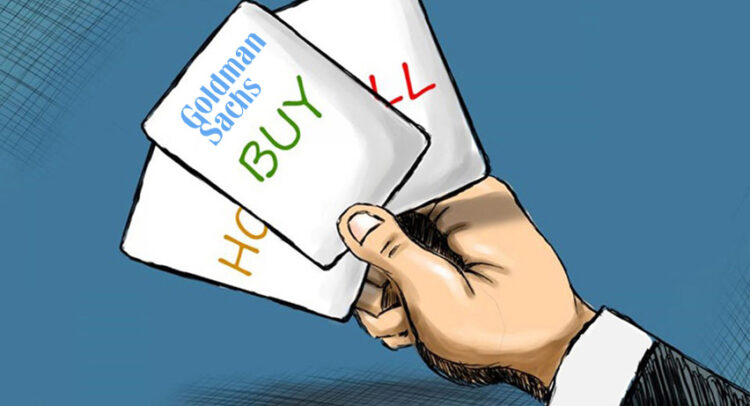Key Takeaways
- Gold surged to a fresh record high on Monday after notching its first inflation-adjusted record since 1980 earlier this month.
- Gold prices have been boosted by several interconnected factors: geopolitical tensions, economic uncertainty, a weaker U.S. dollar, and the interest rate outlook.
- Veteran bond trader Jeffrey Gundlach last week forecast gold would reach $4,000 an ounce before the end of the year, and said a 25% allocation to the precious metal was “not excessive” given underlying trends.
Gold prices climbed to a record high Monday, extending a blistering rally that experts don’t expect to end anytime soon.
Gold futures surged 2% Monday to trade at an all-time high of about $3,780 an ounce. The real gold price, which adjusts for inflation, hit a record high earlier this month for the first time since 1980.
In a note on Monday, Deutsche Bank analysts forecast that gold prices could rise above $4,000 by the end of 2025, implying a full-year return of more than 50%. That kind of price appreciation would make gold the year’s best-performing asset and likely put it in the top decile of S&P 500 stocks, on par with Nvidia (NVDA).
What This Means for Investors
Investors often acquire gold as a hedge against inflation, political turmoil and economic uncertainty, and some investing experts recommend increasing exposure to the precious metal given current market conditions. Bullion, as well as exchange-traded funds tied to gold or to shares of miners, could provide entry points.
The reasons behind gold’s stellar year are plentiful and interrelated. Central bank demand, a weaker dollar, President Donald Trump’s tariffs, and interest rates all bear some responsibility and are expected to continue to support gold prices in the coming months.
Central Banks Are Buying Gold Despite Record Prices
Conflict in Europe and the Middle East, as well as simmering tensions between the U.S. and China, have given central banks around the world reason to be major buyers of gold this year.
According to the World Gold Council’s 2025 Central Bank Gold Reserves Survey, 95% of central bankers expect global gold reserves to increase this year, and a record 43% forecast their own bank’s reserves would increase over the same period. No respondents said they expected their reserves to decline this year, despite record gold prices.
Geopolitical crises are a major reason central banks add to their gold reserves. Gold’s performance during times of crisis was either highly or somewhat relevant to their gold portfolio, said 85% of respondents, and 71% cited its role as a geopolitical risk hedge.
Gold buying is also being driven by a desire to diversify reserves. Nearly three-quarters of respondents expect the U.S. dollar’s share of global reserves to decline over the next year as banks add gold and other currencies such as the euro and Chinese renminbi.
A Weaker Dollar Could Be Another Tailwind
The value of the U.S. dollar has declined precipitously this year amid a dramatic reset of the domestic and international economic outlooks.
The U.S. dollar index, which tracks the value of the greenback against a basket of foreign currencies, has declined more than 10% this year. The vast majority of the index’s losses came when trade uncertainty and global tensions were at their highest from early March to early July.
Concerns that tariffs and Trump’s immigration crackdown would slow U.S. growth, and potentially push the economy into a recession, weighed on the dollar through those months. The decline may have also partially been driven by de-dollarization or the “Sell America” trade, in which foreign investors, spooked by the Trump administration, dumped dollars and Treasurys.
A weaker greenback is expected to continue to be a tailwind for gold, which is priced in dollars, through the rest of the year.
“I think almost certainly gold will close above $4,000 before the end of this year,” Jeffrey Gundlach, the founder and CEO of investment manager DoubleLine Capital, told CNBC last week. Gundlach said his ideal portfolio would be 25% gold, an allocation he called “not excessive” in light of dollar trends that he expects to persist.
Fed Rate Cuts Could Further Boost Demand
The Federal Reserve is also aiding gold. The central bank cut interest rates last week for the first time this year, and tentatively forecast two more cuts before the end of 2025.
A lower federal funds rate should translate into lower Treasury yields, making gold—which doesn’t pay interest—relatively more attractive to investors who have already funneled a record $85 billion into gold funds this year, according to fund flows data from Bank of America.
President Trump’s attacks on the Federal Reserve have also raised questions about the central bank’s independence. If the White House exerts more control over the Fed, which appears likely given Trump will appoint a successor to Fed Chair Jerome Powell next May, it could erode faith in U.S. monetary policy, further bolstering gold by weakening investors’ confidence in the economic outlook, the U.S. dollar, and Treasurys.
Source link


